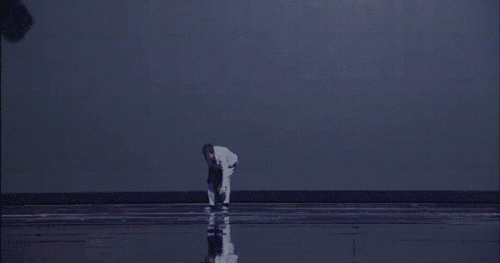DS106, The Movie.
Compare to the
original movie poster.
This week is about design, and often about font, but when I chose the poster of the 9 movie to make a poster for a ds106 movie I was left to editing possibilities without using any font.
I copied the original and rotated the layer by 180 °. This way I got a 6. Then I selected the 6, cut it and put it on a new layer.
In the original I used the copy tool to 'paint' some of the background over the 9 . The same I did with the little nine at the bottom right.
I combined the six with the background via one of the blending modes. I tried them out until it looked good.
Finally I used the text tool to write DS10 near to the 6. I flattened the image and made the DS10 edges softer and floating with the mixing brush tool.
I thought about if I had any associations for the reason why I've chosen this particular poster. I definitely did not allude to the 9 movie. I think I liked the idea of a slight irony already implicit in the original poster. Naturally ds106 is important to many people including me, but we may not expect ds106 has to save us.
A further reason is that I find the poster a good design and I've enjoyed exploring it deeper by changing its design.
Click here to get to the ds106 assignment "DS106, The Movie." 








